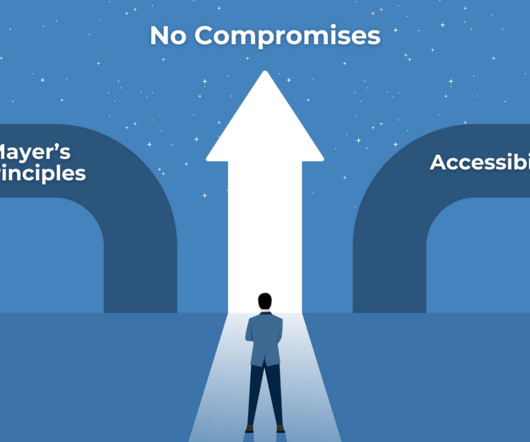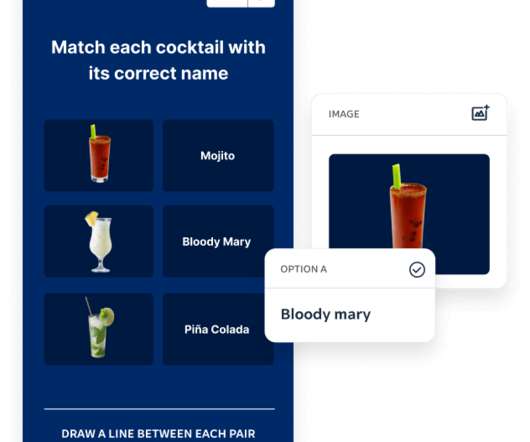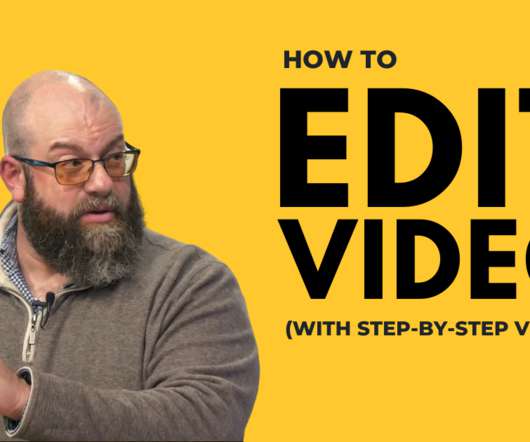Storyline Accessibility and Mayer’s Principles
Scissortail's Learning Nest
APRIL 22, 2024
Reading Time: 7 minutes Introduction Who deserves access to your eLearning courses? I’ll share a few techniques I use for creating Storyline courses so they’re more accessible to users with disabilities. If you’re not familiar with Mayer’s Principles, this blog post from Digital Learning Institute explains them in a nutshell.

































Let's personalize your content